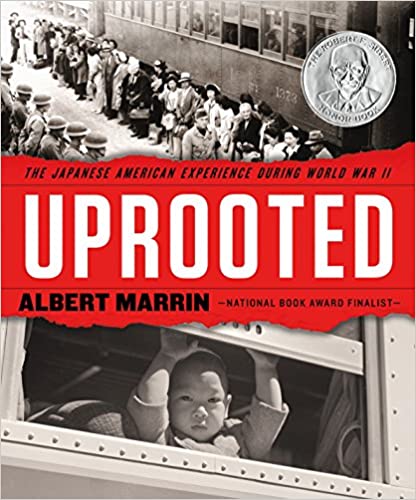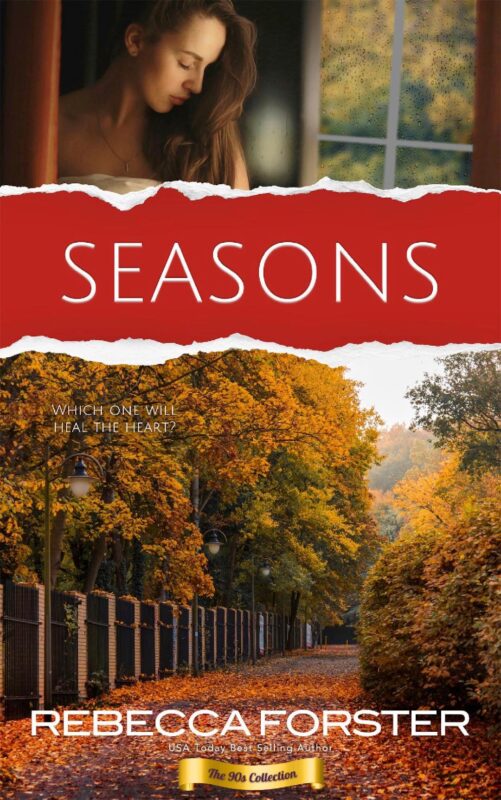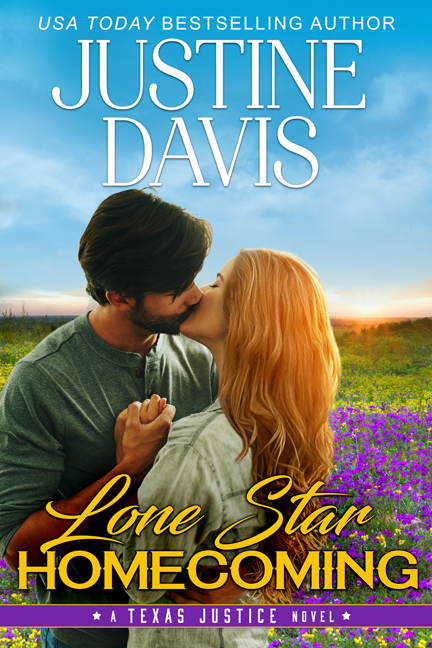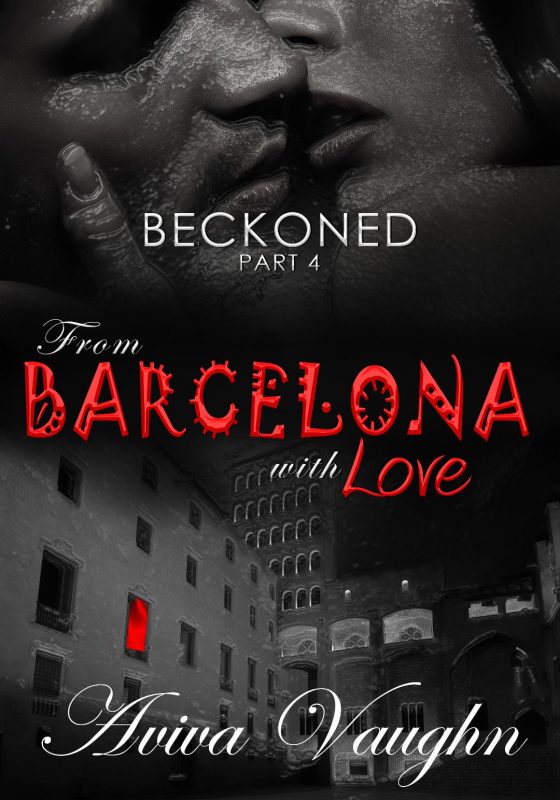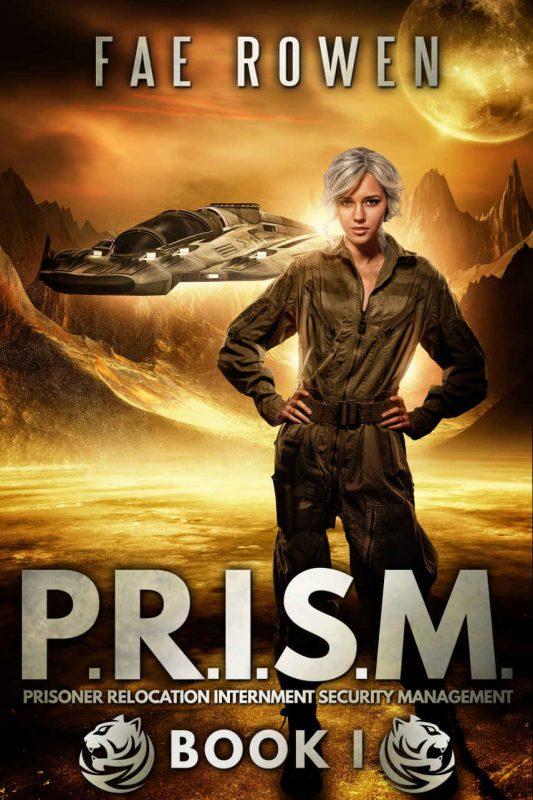Dipped in Chocolate: How I researched THE ORPHANS OF BERLIN and loved every minute by Jina Bacarr
December 11, 2022 by Jina Bacarr in category Jina’s Book Chat, Writing tagged as chocolate, historical fiction, historical romance, romance, World War 2@jinabacarrauthor my new Paris WW2 novel pubs today #newrelease #booktok #heartbreakingstories @bookandtonic
♬ original sound – Jina Bacarr Historical Author♥
Do you remember the hilarious scene in an episode of ‘I Love Lucy’ where Lucy and Ethel are working in a candy factory and the conveyor belt speeds up and they stuff their mouths with gourmet chocolates?
Pure heaven…
I didn’t have that experience, but I did have a blast researching the art of chocolate up close and personal for The Orphans of Berlin, tasting and munching on creams and caramels to my little heart’s content.
Then running on the treadmill for hours…
It was worth it.
I wanted to get a feel for what it was like to grow up in the world of chocolate like my debutante-heroine Kay Alexander and become familiar with how candy is made… as well as its importance during World War 2 when Ration D chocolate bars were loaded with vitamins and included in every soldier’s military ration kit.
It all started in 1868 when Kay’s candy-loving, Irish great-grandfather started a candy business called ‘Radwell’s French Chocolates’. Being a candy heiress gives Kay the opportunity to spare no expense getting Jewish children out of Nazi Germany.
I discovered a publication called the ‘Confectioners and Bakers Gazette’ which detailed the candy business from 1896 – 1930, including candy factories in Philadelphia (in 1908, there were twenty-five factories in the US manufacturing chocolate). I find it odd it ceased publication during the Depression since candy sales boomed during those lean years, including Radwell’s French chocolates.
‘Sorority Chocolates’ were a big seller reputed to reach seventy-five million customers, appealing to high school girls, their moms, aunts, and grandmas.
Other notable facts include the use of synthetic vanilla called vanillin even back then; but as any Christmas cookie baker will tell you, real vanilla in his cookies is what makes Santa smile.
I also read books on chocolates and searched the Internet for chocolatier’s ‘secrets’ and favorite recipes to come up with my own special chocolates for the Radwell’s brand.
Here are a few samples for your taste delight:
Renoir Dark Chocolate Bars
Hand-dipped, chocolate-covered squares
… topped with a swirl of buttercream
Caramels de Vendôme
Dark chocolate
… filled with honey caramel and vanilla ganache
Truffles à l’Opéra
Bittersweet chocolate
…filled with raspberry ganache
Montmartre Mints
Dark chocolate thin mints
… with flecks of almonds
Versailles Soft Creams
Dark chocolate hearts
… filled with raspberry buttercream
Notre-Dame Angels
White chocolate truffles
… filled with pecans and vanilla ganache
I invite you to give yourself a treat when you’re reading The Orphans of Berlin. Stock up on your favorite chocolates filled with creamy mousse, rich ganache… and decadent truffles.
I dip my fingers into the box of gourmet chocolates and grab the last piece. A raspberry dark chocolate truffle. Mm… delicious. A gift from the candy gods.
Ah, the travails of a writer’s research… a tough job.
But somebody’s got to do it, n’est-ce pas?
@jinabacarrauthor 1939 Berlin What if you’re a mom and you have to send your daughters to France to save their lives? #historytokwwiihistoricalfiction@bookandtonic
♬ original sound – Jina Bacarr Historical Author♥
The Secret Babies of Dachau by Jina Bacarr
January 11, 2022 by Jina Bacarr in category Holocaust, Jina’s Book Chat, Paris, Paris novels, perfume, Reading, Writing tagged as historical fiction, Holocaust, Paris, WomensFiction, World War 2
(The video above takes place on a train in 1944 Germany — my heroine, Angeline, is very pregnant and on her way back to Auschwitz with two SS guards…)
————-
Nothing is more heartbreaking than holding a newborn baby in your arms and it doesn’t cry.
The anguish, holding your breath while you wait for that first sign of life, the tears that fall upon your cheeks as you pray for that lovely, beautiful cry.
Then… a burst from the baby’s lungs and a heart-swelling joy overcomes you when the infant’s wail fills the air like an angels’ choir.
But what if you’re pregnant and imprisoned in a concentration camp in Southern Germany? A place where American soldiers were so devastated by the horror they found when they neared the camp, they wept when they liberated Dachau on April 29, 1945.
They discovered more than thirty railroad cars filled with dead bodies.
What if you were imprisoned there? Would you have lived? The odds were against you if you were a soon-to-be-mother.
It’s well documented the chances for survival for pregnant women and their babies in the camps was practically zero. They were immediately singled out for execution when they arrived.
It pains me to write this, but Heinrich Himmler, head of the SS, was determined to exterminate all Jewish children (he proclaimed his policy in a secret speech in Poland on October 6, 1943).
As many as 1.5 million Jewish children died in the Holocaust.
Thanks to survivors’ stories and seven Jewish mothers from Hungary, we have the miracle of the Dachau babies. How for reasons never made clear, these mothers were allowed to live and brought to a sub-camp of Dachau in the waning days of the war known as Kaufering I.
And how under horrific conditions (no hot water, no instruments for the prisoner/doctor), they delivered seven healthy babies from December 1944 to April 1945 when fate stepped in and dealt them a cruel blow… I shan’t spoil it for you, but I promise you, I followed these events as they happened in ‘The Lost Girl in Paris’.
My heroine, Angéline de Cadieux, was there and very pregnant.
How did this Frenchwoman born Roma find herself in a concentration camp with Hungarian mothers-to-be? It was a challenge to orchestrate the series of events that bring her there… counting the days of her pregnancy in Paris, being honest to the unsanitary, degrading conditions found in the camps, the treatment of Roma by the Third Reich. Few have written about the Roma Holocaust and how anywhere from 220,000 to half a million Romani people died at the hands of the Nazis.
I admit it was a tremendous undertaking bringing all this to my story. I spent many sleepless nights trying to bring justice to these unbelievable women who not only survived the camps, but had the courage to tell their stories.
I have tried to tell one woman’s story albeit fiction, but everything Angéline de Cadieux experiences in the camps is based on truth.
So, my friends, cry as I did, become angry these events ever happened, but most of all, never forget.
—————-
THE LOST GIRL IN PARIS is now available across all platforms.
Available in e-book, print and audio
The Lost Girl in Paris universal link: https://books2read.com/u/3LyrdN
It’s the story of woman who survived both Auschwitz and Dachau, but never spoke about it until she meets a young reporter named Emma Keane who touches a nerve in her that now is the time to speak about those times. Her memories are as vivid to this eighty-year-old as if she were the seventeen-year-old girl who ran away to Paris to become a parfumier after losing her mother to the Nazi war machine.
I wrote THE LOST GIRL IN PARIS to pay tribute to the strong women who survived the Holocaust and willingly shared their stories with us. The horror of Nazi brutality, the loss of family, their dignity… but also about their strength just to ‘survive another day’.
And the strong bonds with their sisters-in-arms they formed with fellow prisoners. How they learned to trust each other and stood up against the enemy to save each other.
We must never forget.
——————-
Here is a second short excerpt from THE LOST GIRL IN PARIS:
—————-

The LOST GIRL IN PARIS is part of the ‘Get Inspired’ promotion in UK, AU, and NZ
New Zealand: https://www.kobo.com/nz/en/ebook/the-lost-girl-in-paris-1
UK: https://www.kobo.com/gb/en/ebook/the-lost-girl-in-paris-1
AU: https://www.kobo.com/au/en/ebook/the-lost-girl-in-paris-1
5 0 Read more
Perfume: what you never expected to find in a World War II novel set in Occupied Paris by Jina Bacarr
October 11, 2021 by Jina Bacarr in category Jina’s Book Chat, Writing tagged as historical fiction, Paris, perfume, Resistance, World War 2
I’ve had a zillion jobs in my career.
US Army rec specialist in Europe, AM/FM radio commercial artist, traveling cosmetic saleslady for a French company, club dancer, soap opera player, writer for kids’ TV…
And perfume model.
So, what does a perfume model do?
The gig started when I got a call from the modeling agency I worked for asking me if I was available to introduce a new perfume. Since I was freelancing for a travel magazine company in Beverly Hills back then, I jumped every time the agency called me with a perfume job.
The pay was good. The hours ranged from four to six hours a day. The location was always a posh department store (remember Bullocks, I Magnin’s?), and occasionally, I’d get to wear wardrobe from the couture department to complement the color scheme and theme of the perfume.
I felt like a film star.
After a session with the perfume rep explaining their marketing campaign, off I went. Sashaying around the store like I was walking on the red carpet. I’d engage customers in small talk and introduce them to the perfume.
I’d spray it on their wrist – or mine if they preferred – and then gave them a sample. It wasn’t easy. I was snubbed by snooty women, hit on by male customers, and constantly asked, ‘Where is the ladies room?’
By the end of my shift – toes squashed in three-inch heels – my feet were killing me.
But I loved it. The customers were enchanted by the quick whiff of a new fragrance and loved being whisked away for a moment of glamour. I’d regale them with my stories about Paris and the Belle Époque department stores I visited along with the history of perfume.

And the different notes of the perfume. Top, heart, base.
I soon discovered you didn’t sell the steak… perfume, that is… but the sizzle. The mystique, the mood. I had to evoke an emotional response in the customer and I did it by storytelling and learning as much as I could about perfume. How it’s manufactured, the ingredients, what that perfume can do for that customer to make her happy, feel sexy. Powerful. Loved. I became an amateur ‘nose’, learning about the different scents and essences and how they configure in varying ratios to make up a lovely new fragrance.
I used that perfume experience to create parfumier Angéline de Cadieux when I wrote ‘The Lost Girl in Paris’.
How a girl from a controversial upbringing becomes a famous perfumer during the war when she comes to Paris in 1940 to escape the Gestapo. Then how she uses perfume to do her part to win the war…
THE LOST GIRL IN PARIS is up for pre-order – and my just-revealed cover is on Amazon!
Release date: November 30, 2021
US https://www.amazon.com/dp/B09B1QDRVW/
UK https://www.amazon.co.uk/dp/B09B1QDRVW/
CA https://www.amazon.ca/dp/B09B1QDRVW/
Australia https://www.amazon.com.au/dp/B09B1QDRVW/
——————
Photo credits:
Jina Bacarr: Laura Burke Photography
Background: ID 137251284
© Viktoriya Panasenko | Dreamstime.com
——————–
Nearly 500 ratings on Amazon UK!
The Resistance Girl
Juliana discovers her grandmamma was a famous French film star in Occupied Paris & her shocking secret…

Writing a Dual Timeline Novel ain’t a piece of cake… 7 tips for writing two different eras at once by Jina Bacarr
July 11, 2021 by Jina Bacarr in category Jina’s Book Chat, Writing tagged as dual timeline, edting, France, historical, novel, Paris, timeline, World War 2, writing
I’ve written time travel and loved it… Her Lost Love when my heroine takes a magic train from 1955 back to 1943 to Posey Creek, PA to save the man she loves from being killed in France… and present day back to the Battle of Antietam in 1862 where my heroine meets her ‘twin’ who’s a Confederate spy… and also historical fiction about the Titanic The Runaway Girl.
But writing a dual timeline is like walking barefoot on broken seashells on the sand.
Painful. Excruciating. And dangerous.
You can end up hobbling all the way home… or to the end of your manuscript. Yikes.
I’ve been there… and survived. I’ve written two dual timeline novels — The Resistance Girl and the novel I just finished (title coming) — both about Paris during World War 2 when the city was occupied by the Nazis. The era lends itself to intrigue, romance, spies… and danger. Who could resist? Not me.
However, I’ve fretted and moaned and had more chocolate binges than I care to admit writing these books, but they’re the most rewarding stories I’ve ever written. Stories about lost family found and connecting with your ‘roots’. I learned a lot along the way… so here are my 7 Tips for Writing Dual Timelines:
1 — keep two sets of timelines so you know where you and your heroines are in each era at all times.
Your heroine’s birthdate in the past is important and determines what “historical events’ she witnesses. In the present, your heroine’s journey may last a shorter time — a week, month; in the past, it could be years. In The Resistance Girl, we follow the heroine’s film career from the 1920s through 1950. The modern heroine’s journey last for several days.
2 — present day in your story doesn’t have to mean today. Make it work for you.
My latest novel takes place in 2003 and 1940-1945. Why? Because I wanted my historical heroine to be alive when she meets the present day heroine. She’s 80 years old and at the top of her game, but the war years still haunt her. Also, she loves flying on the Concorde and the last trip of the airship was in 2003.
3 — create a compelling opening in whichever timeline works best. No hard fast rule you have to begin in the past.
In my new Paris novel, I begin in 2003 because I wanted to set up the 80-year-old diva’s reluctance to talk about the war years because of her personal pain. My modern heroine/reporter convinces her to ‘let it go’ and we’re off and running…
4 — decide before you begin plotting (or if you’re a pantster — I do both) if your two heroines meet at some point; or, if we know the historical heroine meets her fate and we never see her in the present.
I did both — in The Resistance Girl, the modern heroine discovers she had a famous grandmother in France during the war — a film star — she never knew existed. But in my new novel, the two heroines meet in the first chapter in 2003.
5 — know your history and research your era like crazy; your heroine in the past is fictional, but make her life believable! Facts count but don’t tell us, show us how your heroine survives in that era in a way that’s unique to her.
For example, the historical heroine in my upcoming book ends up in concentration camps; I gave her an unusual backstory that determined how she survived in the camps because of her background and talents, but made sure it was also possible.
6 — location, location, location… make sure you know exactly what your locations look like in both eras if you’re going to visit them in both timelines.
In my upcoming book about Paris, we go to concentration camp sites in Germany and Poland in both 1944-45, 1975, and 2003. I was fortunate to find photos and films that showed what the camps looked like in 1944-45 and also circa 2003 and 1975. An amazing bit of luck which created some tear-jerking moments for my historical heroine.
7 — have fun! This is an adventure about finding your heroine’s roots — like that fabulous PBS show where the celebrity goes through the big scrapbook and meets their lost relatives with the jovial host.
Make your story heartfelt, emotional, fascinating, believable, and filled with surprises to keep your readers turning those pages like the celeb on TV!
Jina
Questions about dual timelines:
Drop me a comment!
3 0 Read moreA Frog by any other name… from the Irish Poetess’s Typewriter by Jina Bacarr
May 11, 2021 by Jina Bacarr in category Jina’s Book Chat, Writing tagged as fairy tale, historical, historical fiction, historical romance, poem, prince, World War 2.
I’ve been writing humorous poetry since I was a wee girl at me Irish grandmother’s knee… she’d chuckle and get on with baking her apple sugar pies and then winding her blue rosary around her gnarled fingers, praying, ‘What’s the lass going to come to with these ditties?’
I write.
Novels, mostly historicals these days and I’m finishing up a second Paris WW 2 novel while pulling all-nighters… I needed a break, so here’s a lighthearted poem about everyone’s favorite frog from this Irish Poetess.
Put the kettle on and Enjoy!
Jina
——————–
The art of writing fairy tales
is a joy I claim.
But frog or toad, what’s in a name?
’Tis a prince I seek at the end of my tale
And that happily ever after, but to no avail
Ah, but yes have I the power of the pen
So with my snappy keystrokes Poof! I say.
He’s here. Amen!
————
Here the first in my Occupied Paris series:
The Resistance Girl
Juliana discovers her grandmamma was a famous French film star in Occupied Paris
And the shocking secret her mother never told her…
5* ‘… a beautiful and poignant historic fiction that left me in tears’ Jessica F NetGalley

Affiliate Links
A Slice of Orange is an affiliate with some of the booksellers listed on this website, including Barnes & Nobel, Books A Million, iBooks, Kobo, and Smashwords. This means A Slice of Orange may earn a small advertising fee from sales made through the links used on this website. There are reminders of these affiliate links on the pages for individual books.
Search A Slice of Orange
Find a Column
Archives
Featured Books
UPROOTED: THE JAPANESE AMERICAN EXPERIENCE DURING WORLD WAR II
A Publishers Weekly Best Book of the Year, A Booklist Editor's Choice
More info →BECKONED, PART 4: FROM BARCELONA WITH LOVE
It was never going to be easy.
More info →P. R. I. S. M.
Can O'Neill and Jericho work together to unravel lies on both planets and still obtain the respect Jericho craves and the independence O'Neill needs?
More info →Newsletter
Contributing Authors
Search A Slice of Orange
Find a Column
Archives
Authors in the Bookstore
- A. E. Decker
- A. J. Scudiere
- A.J. Sidransky
- Abby Collette
- Alanna Lucus
- Albert Marrin
- Alice Duncan
- Alina K. Field
- Alison Green Myers
- Andi Lawrencovna
- Andrew C Raiford
- Angela Pryce
- Aviva Vaughn
- Barbara Ankrum
- Bethlehem Writers Group, LLC
- Carol L. Wright
- Celeste Barclay
- Christina Alexandra
- Christopher D. Ochs
- Claire Davon
- Claire Naden
- Courtnee Turner Hoyle
- Courtney Annicchiarico
- D. Lieber
- Daniel V. Meier Jr.
- Debra Dixon
- Debra H. Goldstein
- Debra Holland
- Dee Ann Palmer
- Denise M. Colby
- Diane Benefiel
- Diane Sismour
- Dianna Sinovic
- DT Krippene
- E.B. Dawson
- Emilie Dallaire
- Emily Brightwell
- Emily PW Murphy
- Fae Rowen
- Faith L. Justice
- Frances Amati
- Geralyn Corcillo
- Glynnis Campbell
- Greg Jolley
- H. O. Charles
- Jaclyn Roché
- Jacqueline Diamond
- Janet Lynn and Will Zeilinger
- Jeff Baird
- Jenna Barwin
- Jenne Kern
- Jennifer D. Bokal
- Jennifer Lyon
- Jerome W. McFadden
- Jill Piscitello
- Jina Bacarr
- Jo A. Hiestand
- Jodi Bogert
- Jolina Petersheim
- Jonathan Maberry
- Joy Allyson
- Judy Duarte
- Justin Murphy
- Justine Davis
- Kat Martin
- Kidd Wadsworth
- Kitty Bucholtz
- Kristy Tate
- Larry Deibert
- Larry Hamilton
- Laura Drake
- Laurie Stevens
- Leslie Knowles
- Li-Ying Lundquist
- Linda Carroll-Bradd
- Linda Lappin
- Linda McLaughlin
- Linda O. Johnston
- Lisa Preston
- Lolo Paige
- Loran Holt
- Lyssa Kay Adams
- Madeline Ash
- Margarita Engle
- Marguerite Quantaine
- Marianne H. Donley
- Mary Castillo
- Maureen Klovers
- Megan Haskell
- Melanie Waterbury
- Melissa Chambers
- Melodie Winawer
- Meriam Wilhelm
- Mikel J. Wilson
- Mindy Neff
- Monica McCabe
- Nancy Brashear
- Neetu Malik
- Nikki Prince
- Once Upon Anthologies
- Paula Gail Benson
- Penny Reid
- Peter Barbour
- Priscilla Oliveras
- R. H. Kohno
- Rachel Hailey
- Ralph Hieb
- Ramcy Diek
- Ransom Stephens
- Rebecca Forster
- Renae Wrich
- Roxy Matthews
- Ryder Hunte Clancy
- Sally Paradysz
- Simone de Muñoz
- Sophie Barnes
- Susan Squires
- T. D. Fox
- Tara C. Allred
- Tara Lain
- Tari Lynn Jewett
- Terri Osburn
- Tracy Reed
- Vera Jane Cook
- Vicki Crum
- Writing Something Romantic
Affiliate Links
A Slice of Orange is an affiliate with some of the booksellers listed on this website, including Barnes & Nobel, Books A Million, iBooks, Kobo, and Smashwords. This means A Slice of Orange may earn a small advertising fee from sales made through the links used on this website. There are reminders of these affiliate links on the pages for individual books.












